Australia’s EV Council has published its Electric Vehicle Industry Recap for 2023, covering statistics, charging infrastructure progress, and policy development.
Australian Electric Vehicle Industry Recap 2023
- Australian EV sales (including BEVs and PHEVs) grew by 120%
- The total Australian EV fleet surpassed 180,000 electric vehicles
- Charging infrastructure locations increased by 75 per cent on the previous year, with 348 locations added across Australia
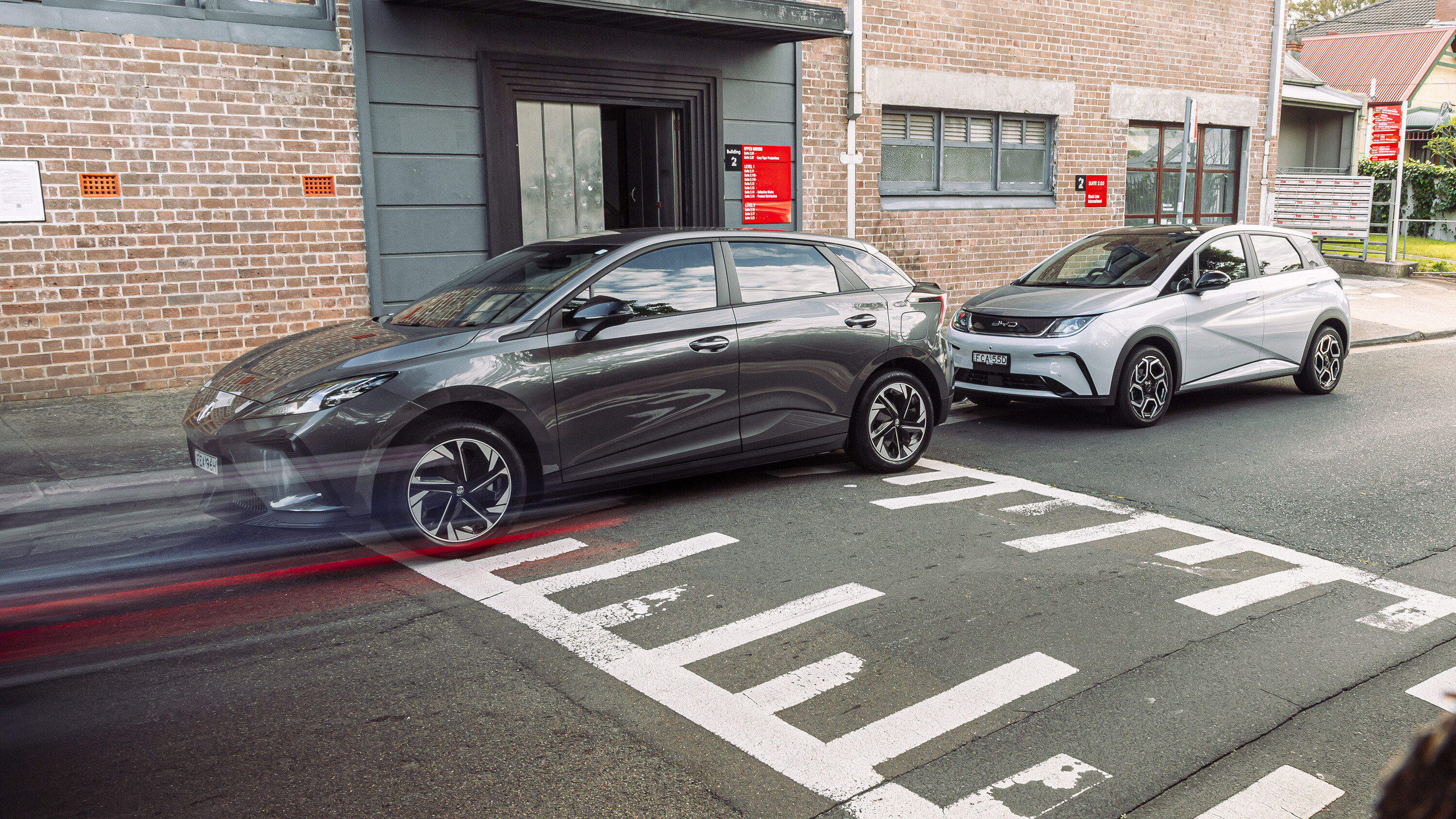
8.45% of 2023 new vehicle sales in Australia were electric vehicles
If you feel like you’re seeing more Teslas, BYDs and Outlander PHEVs out there, you aren’t imagining it. Nearly 9 percent of 2023 new vehicle sales in Australia were pure electric vehicles (BEVs and PHEVs).
Starting from a low base, that number represents a 120% increase over 2022 (up from 3.81%), in an expanding, record-setting year for the overall market. In total, VFACTS data shows 98,436 EVs were sold in 2023, compared to 39,353 in 2022 – a 150% increase year on year.
No surprise, the increase in EV sales from the 2010s to the present has been explosive, growing exponentially since around 2017 – as shown below.
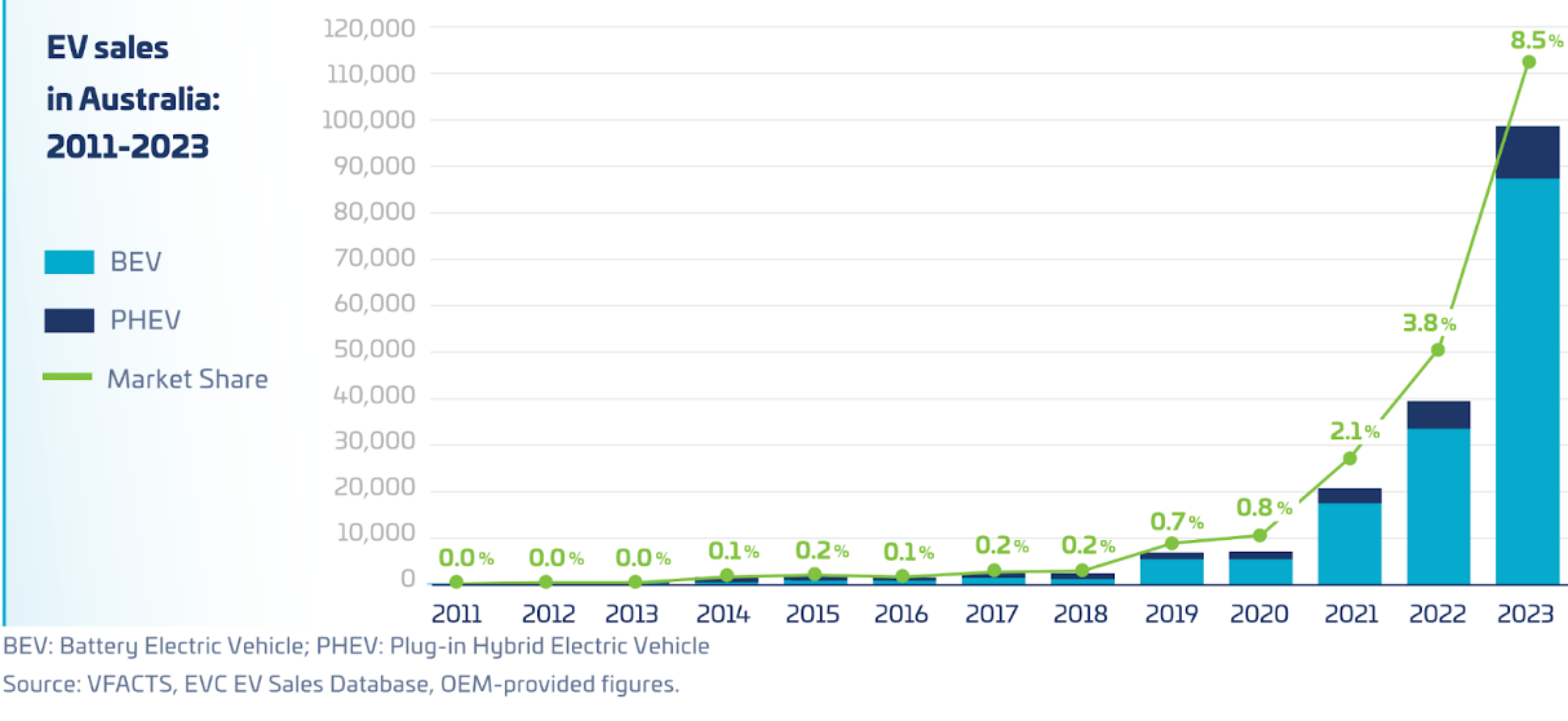
The ACT is still leading the nation
Australia’s capital extended its lead for EV market share in 2023, with electric cars making up a significant 21.9% of all new vehicles sold.
The EV Council suggests the territory government’s strong leadership on EV policy is partly responsible, although all other regions experienced strong growth in EV sales as well.
The NT trails other states and territories, but the report notes that EV sales in the Territory more than tripled in 2023 compared to 2022.
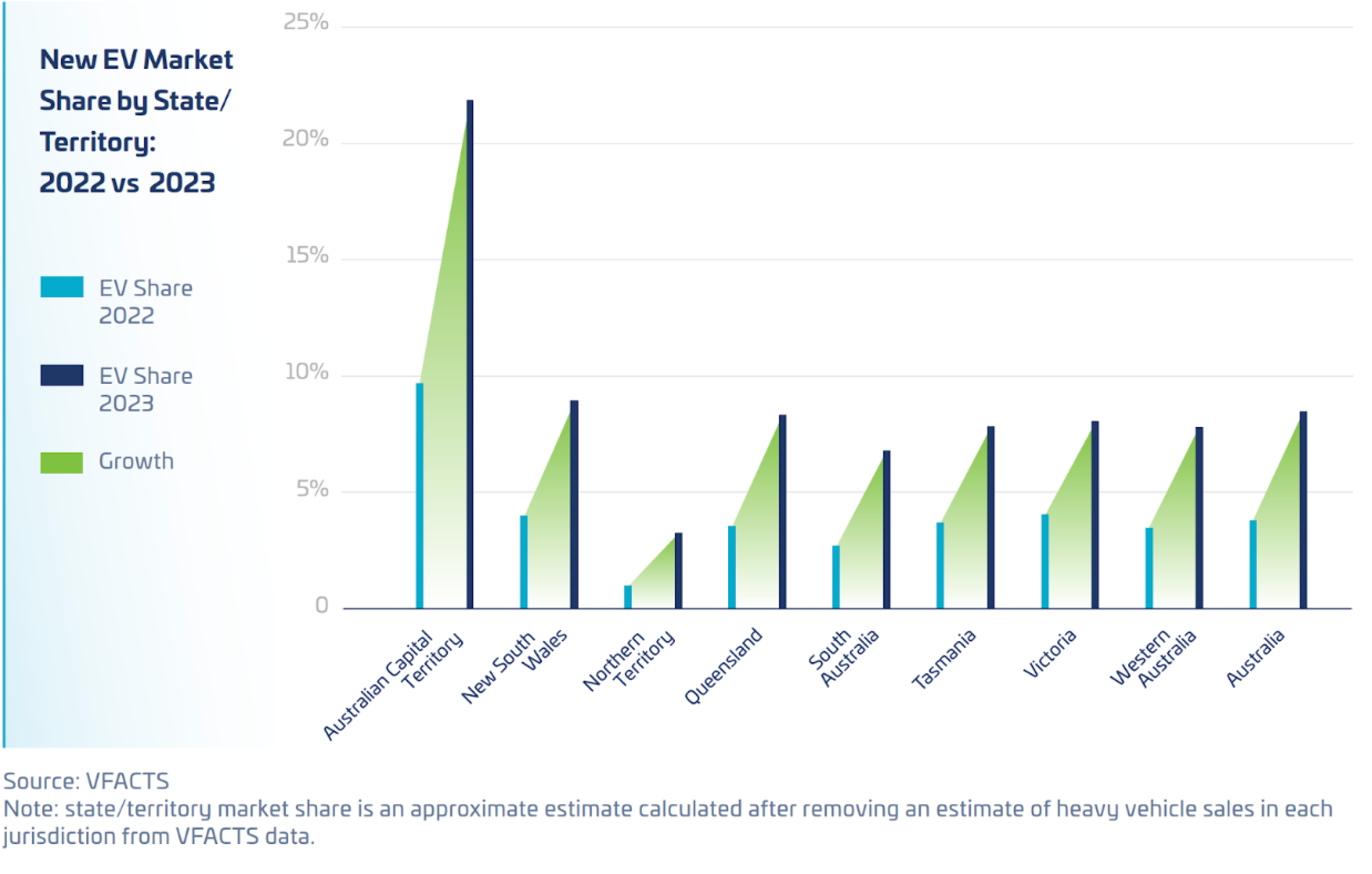
Australia’s EV Fleet
There are now over 180,000 EVs on Australian roads, with BEVs comprising over 80,000.
EVs now represent approximately 1% of the total light vehicle fleet in Australia. The BEV fleet exhibits similar growth since 2017 as EV market share.
The Electric Vehicle Council considers that support from all Australian governments will be necessary for the nation to achieve a 100% zero-emission vehicle fleet by 2050, including legislating the government’s recommended design for a New Vehicle Efficiency Standard.
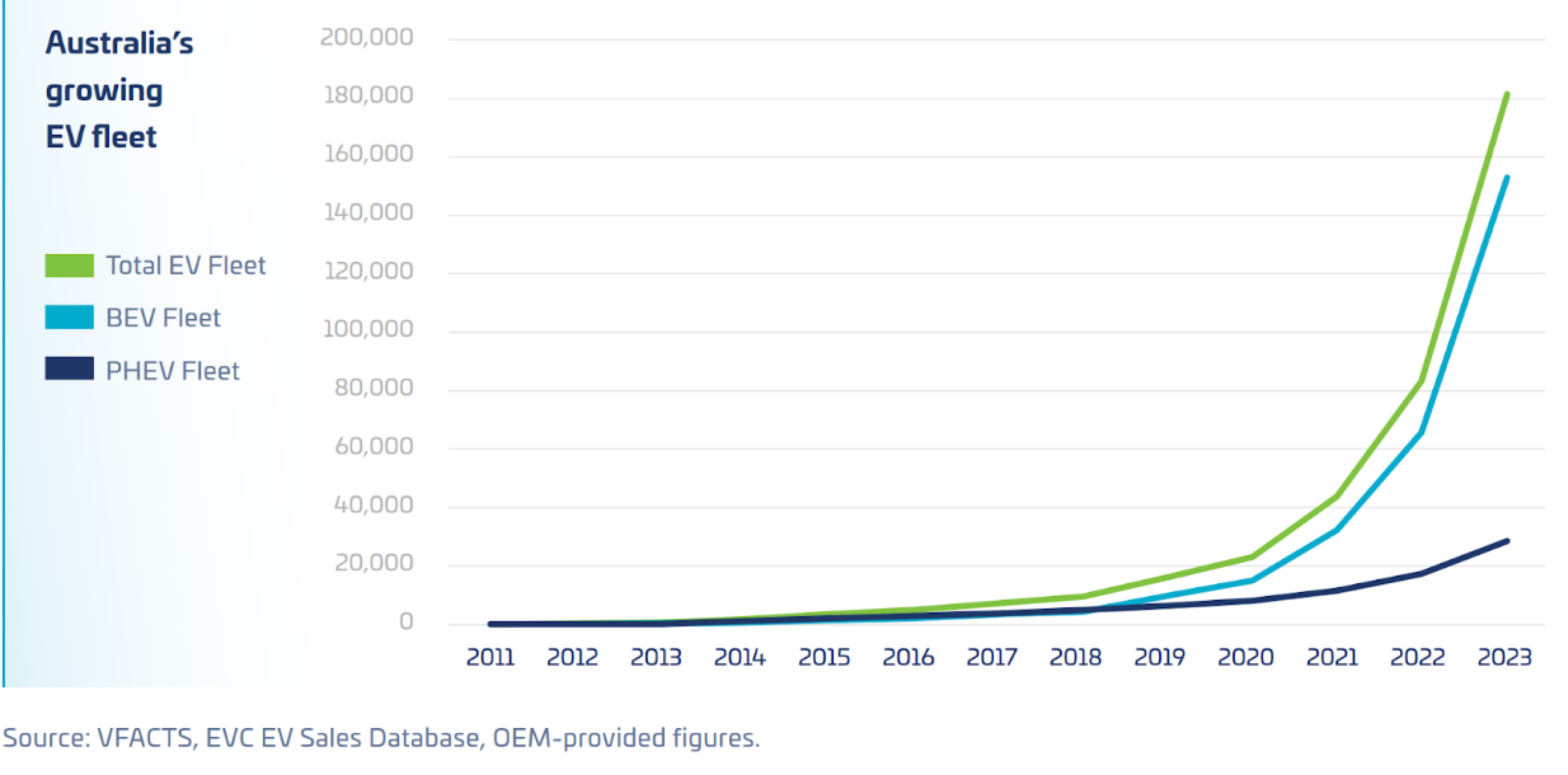
583 fast charger locations & 229 ultra-fast charger locations
One of the most common EV concerns cited in the report, along with range and charging time, is constrained charging infrastructure.
This is becoming less of a material risk, however, as there are now 583 fast charger locations & 229 ultra-fast charger [see table below] locations in Australia.
While those figures are nowhere near the number of petrol stations (which has developed over a century or so), it’s a 75% increase on 2022.
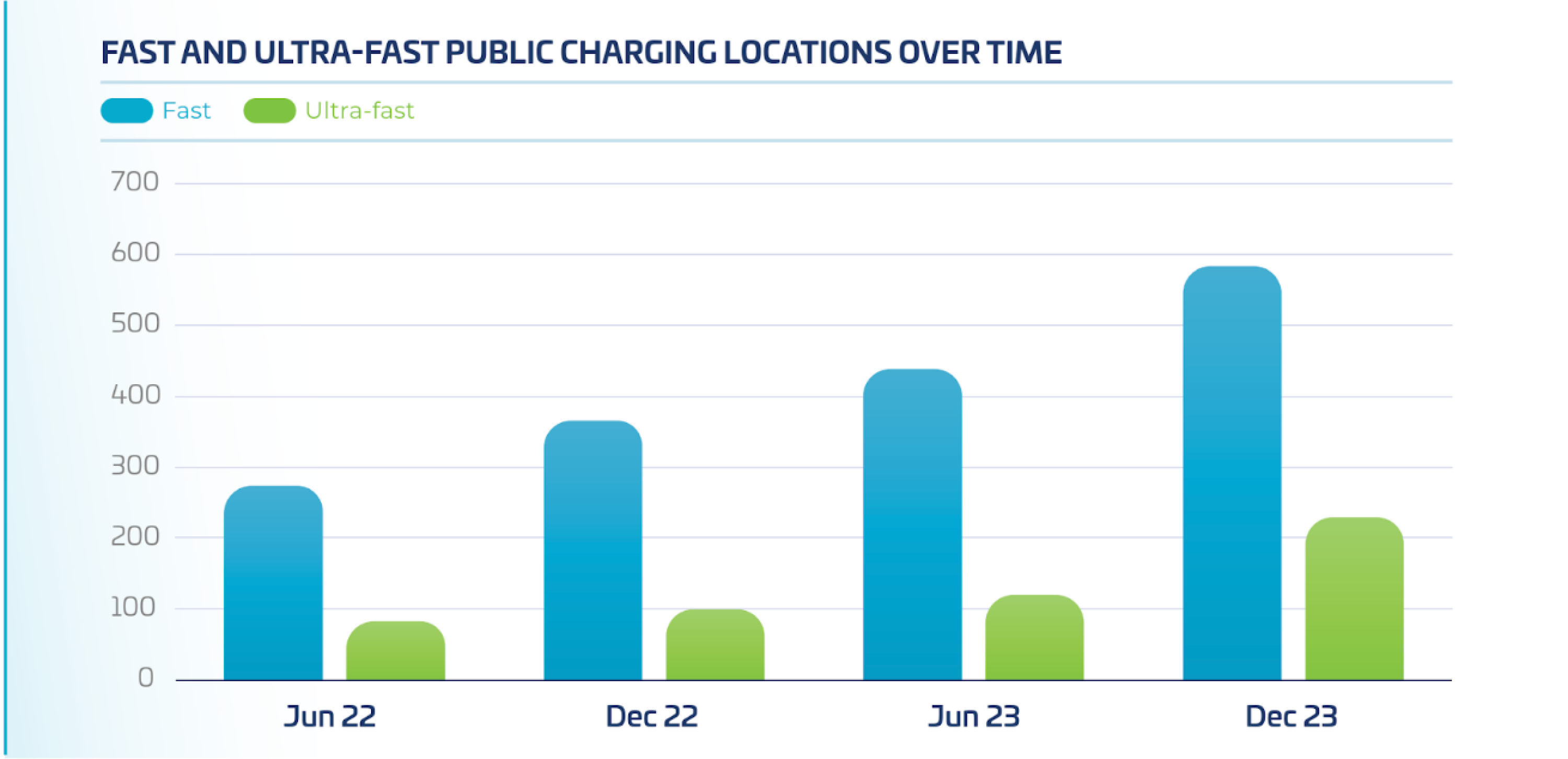
Fast and ultra-fast charger numbers steadily increased through 2022 and 2023
| Types of charging: | |
|---|---|
| DC Fast Charging | 24 u201399 kW |
| DC Ultrafast Charging | 100kW+ |
We recommend
-
 News
NewsACT led electric vehicle sales per capita in 2022
Official data reveals Australia’s capital adopted more BEVs based on population, whereas PHEVs lagged behind last year
-
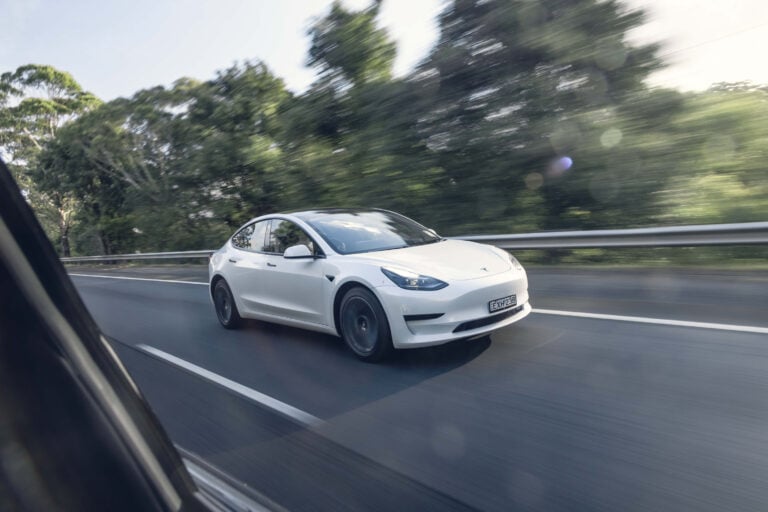 News
NewsElectric car sales pass 100,000 mark in Australia
There are now more than 100,000 EVs in Australia, but there’s still a long way to go before they become mainstream
-
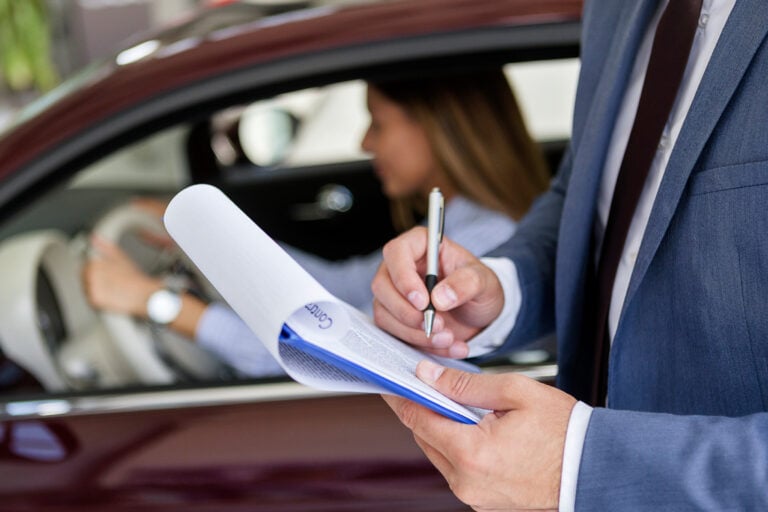 News
NewsEV sales are getting a boost through incentivised novated leasing
Tax breaks for leased EVs proving irresistible to many.






